Lemon Dalmatians; Discover the Fascinating Facts, Origins & History (with Images). Picture a lemon spotted Dalmatian with a hint of zestiness! Delve into the background and origins of these canines. What sets Lemon Dalmatians apart from their spotted relatives making them so rare and special? Explore facts and charming images that unveil all there is to know about these lemon colored Dalmatians. Whether you’re a dog lover or simply curious this is a must read for anyone in learning more about these extraordinary creatures! White and orange is a color combination for Dalmatians. The coat resembles that of a dog. With distinct pattern variations particularly, in the rusty orange hue.
Breed Overview

The Lemon Dalmatian is an enchanting breed that captivates dog enthusiasts worldwide with its unique lemon spotted dalmatian. Originating from the same lineage as the traditional black or liver-spotted Dalmatians, these strikingly beautiful dogs share the same rich history and traits. Dalmatians have long been associated with firehouses, aristocrats, and even British nobility, serving as guard dogs, carriage dogs, and loyal companions.
With the Lemon Dalmatian, the primary difference lies in its distinctive coat color, resulting from a specific set of genetic traits. The coat is characterized by a spotless, pure white background adorned with pale yellow or lemon-colored spots, creating an unusual and eye-catching appearance. These dogs are known for their high energy levels, intelligence, and affectionate nature, making them great family pets and versatile working dogs.
In terms of health, the Lemon Dalmatian is similar to other Dalmatians and requires regular exercise, a balanced diet, and proper grooming. Their history is as captivating as their appearance, dating back to ancient times with roots in Croatia and connections to various European noble families.
To summarize, this Breed Overview of the Lemon Dalmatian reveals fascinating insights into its history, unique characteristics, and care requirements, making them a beloved and special part of the Dalmatian lineage.
Lemon Dalmatian Breed Characteristics
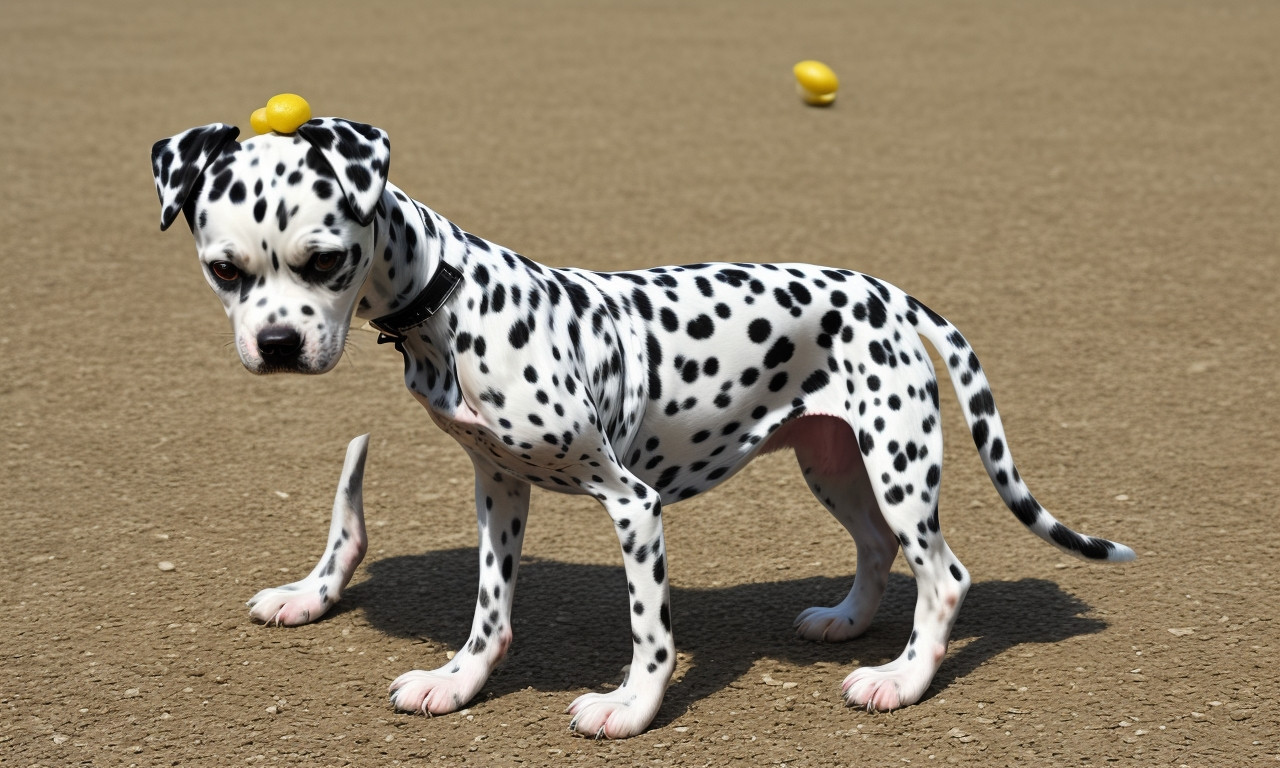
The Lemon Dalmatian is a unique and captivating variation of the classic Dalmatian, characterized by its distinct lemon-yellow spots instead of the traditional black or liver-colored markings. These lemon spots add an extra layer of intrigue and beauty, making the breed stand out. Originating from the historic lines of Dalmatian dogs, Lemon Dalmatians share the same roots as their spotted relatives, believed to be associated with nomadic cultures like the Romani who used them as carriage dogs.
Lemon Dalmatian Breed Characteristics include a lean, muscular build, typically weighing between 40-60 pounds and standing around 19-24 inches tall. Their short, dense coats require regular grooming to maintain their sleek appearance and manage shedding. Known for their high energy levels, intelligence, and friendly disposition, Lemon Dalmatians thrive in active households. They are excellent companions for jogging, hiking, and other vigorous activities.
Socialization is crucial for Lemon Dalmatians as they can sometimes exhibit a reserved demeanor with strangers. Early training and adequate mental stimulation help harness their intelligence and prevent boredom-related behaviors. Given their history and distinctive Lemon Dalmatian Breed Characteristics, they remain a fascinating and cherished variant within the Dalmatian family.
The Earliest Records of Lemon Dalmatian in History
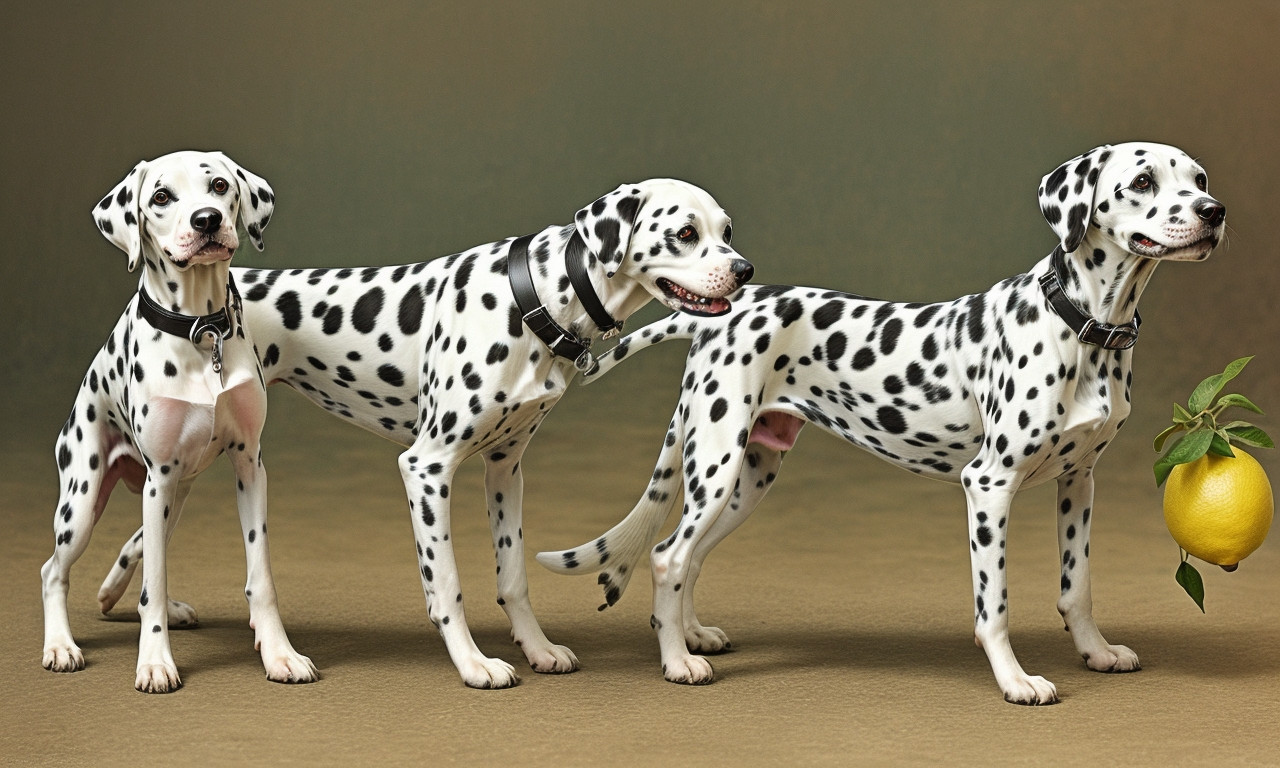
The Lemon Dalmatian, adorned with unique lemon-colored spots instead of the classic black or liver, is a distinctive variation of the traditional Dalmatian breed. The earliest records of Lemon Dalmatian in history highlight their emergence as intriguing offshoots within the Dalmatian lineage. These records trace the presence of Lemon Dalmatians back to the late 18th and early 19th centuries in Europe, where they were occasionally documented in aristocratic households and depicted in various forms of art.
Lemon Dalmatians possess the same energetic and playful demeanor characteristic of their black or liver-spotted counterparts. Enthusiasts and historians have noted that the lemon-colored spots, which range from pale yellow to deep amber, result from a specific genetic combination that affects the pigmentation of the coat. Though not as widely recognized in show circuits, Lemon Dalmatians have piqued the interest of breeders and dog lovers for their distinct aesthetic appeal.
This variation adheres closely to the overall breed standards in terms of size, temperament, and intelligence. Despite their rarity, Lemon Dalmatians have found a niche following among dog aficionados who appreciate both their historical significance and their unique appearance. Understanding the earliest records of Lemon Dalmatian in history helps in appreciating the depth and diversity of the Dalmatian breed.
How Lemon Dalmatian Gained Popularity
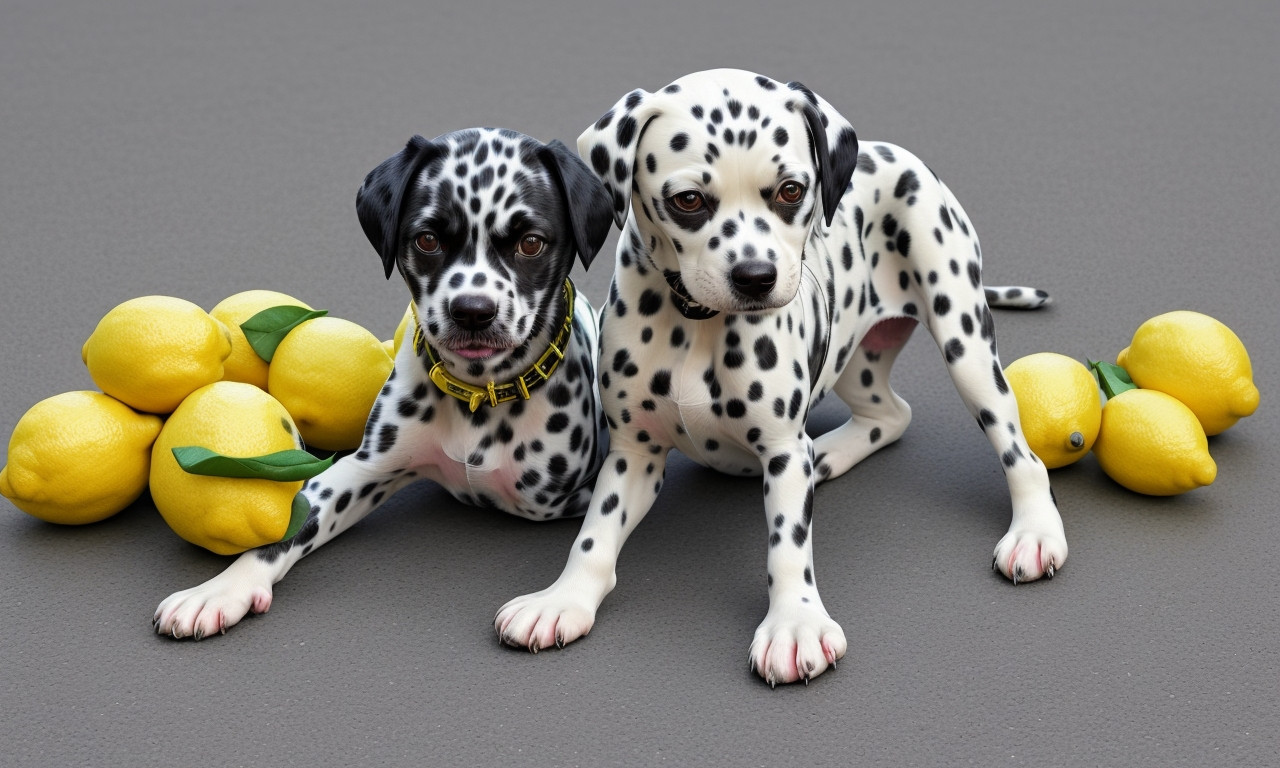
The Lemon Dalmatian is a fascinating variation of the classic Dalmatian breed known for its distinctive yellowish spots against a white coat. This unique coloration sets them apart from the more common black or liver-spotted Dalmatians. Originating from the same lineage, Lemon Dalmatians carry a recessive gene responsible for their striking hue.
Historically, Dalmatians have been cherished for their roles as firehouse mascots and carriage dogs, a tradition that spans centuries. The Lemon Dalmatian’s journey to popularity, however, is more recent. So, how Lemon Dalmatians gained popularity? It began when enthusiasts started showcasing these exceptional dogs in canine exhibitions and sharing their striking photos on social media platforms. Their eye-catching appearance quickly captivated audiences, resulting in a surge of interest and admiration.
Despite their atypical color, Lemon Dalmatians share the same characteristics and temperament as their more common counterparts: they are energetic, intelligent, and affectionate. Their growing popularity has also raised awareness about the importance of responsible breeding practices to maintain the breed’s health and well-being.
In conclusion, the Lemon Dalmatian’s rise to fame can be attributed to their distinct appearance and the power of social media in drawing attention to their unique allure, making them a beloved choice among dog enthusiasts worldwide.
Formal Recognition of Lemon Dalmatian
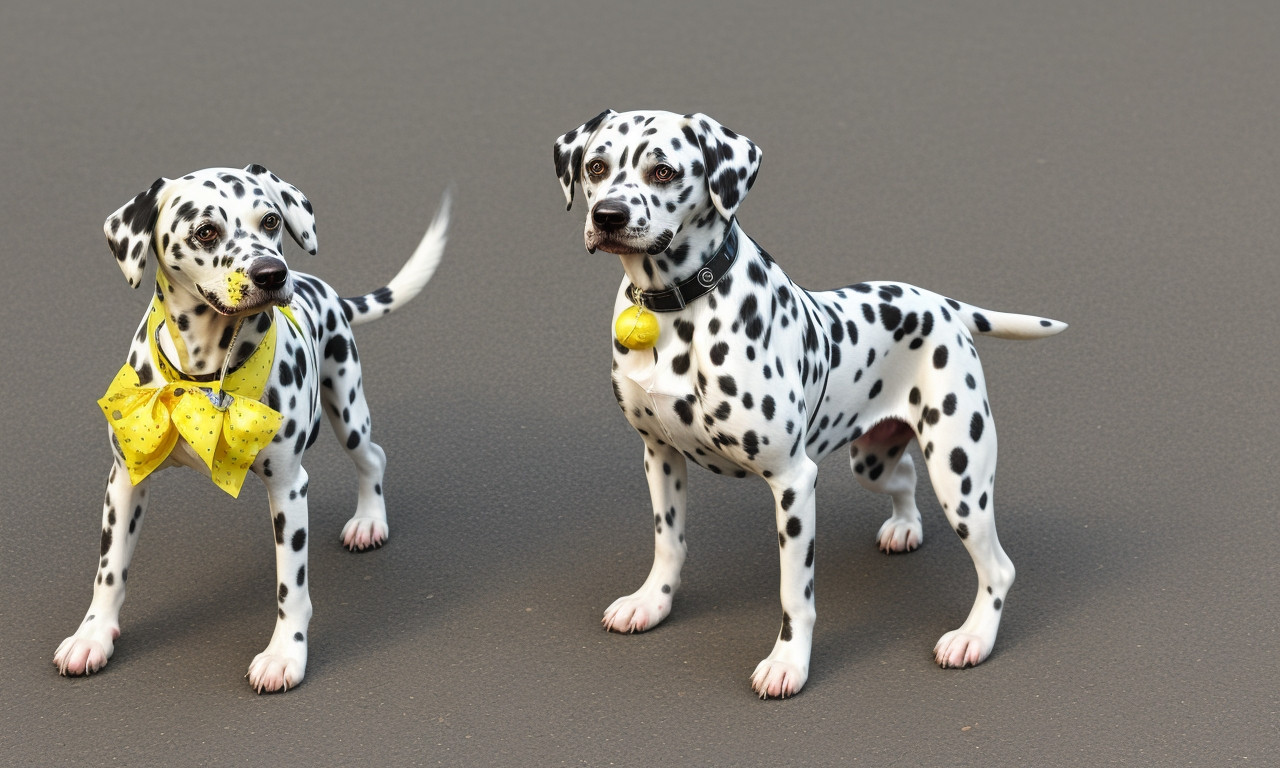
The Lemon Dalmatian stands out with its unique lemon-yellow spots set against a pristine white coat. Its distinctive coloring, less common than the traditional black or liver spots, sets this breed apart in the canine world. Originating like its spotted relatives in Croatia, the Lemon Dalmatian shares the same illustrious history. Historically, Dalmatians were used as carriage dogs, excelling in this role due to their endurance and unique appearance.
Despite their striking look, Formal Recognition of Lemon Dalmatian remains a contentious issue. Currently, many recognized kennel clubs do not officially acknowledge Lemon Dalmatians within breed standards, primarily because the lemon coloring is the result of a recessive gene and can sometimes be associated with certain health concerns. Advocates, however, argue that these dogs deserve the same status and acceptance as black or liver-spotted Dalmatians.
Striving for broader acceptance, enthusiasts emphasize the need for further research and education on the Lemon Dalmatian, highlighting their vibrant history and distinct characteristics. By fostering a greater understanding, there is hope for wider Formal Recognition of Lemon Dalmatian, ensuring these dogs receive the acknowledgment they rightfully deserve. Whether for their charming looks or rich history, Lemon Dalmatians continue to capture the hearts of dog lovers worldwide.
Lemon Dalmatian Puppies
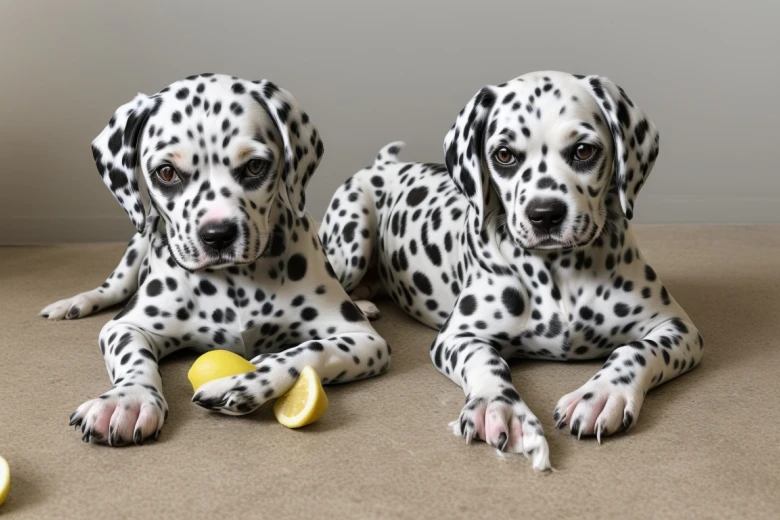
Lemon Dalmatian puppies are such a delight, with their spots and playful charm. These special pups truly bring warmth and happiness into any household. Known for their loyalty and affectionate nature Lemon Dalmatian puppies thrive on being close to their humans and receiving lots of love. Their playful energy means they’re always ready for a game of fetch or a nice walk making them an ideal fit for families. Early socialization and training are key in helping these lively pups develop manners. If you’re seeking to add some color and a whole lot of love to your life Lemon Dalmatian puppies could be the addition, to your family.
These adorable pups are well loved for their affectionate personalities making them great companions, for families and individuals alike. Their energy and intelligence as they mature make them an excellent choice for canine activities whether it’s agility training or simply being by your side on adventures. If you’re in search of a puppy that radiates sunshine and charm like its coat consider welcoming a Lemon Dalmatian into your home. Get ready, for joy. Unwavering affection!
Top 3 Unique Facts About Lemon Dalmatians
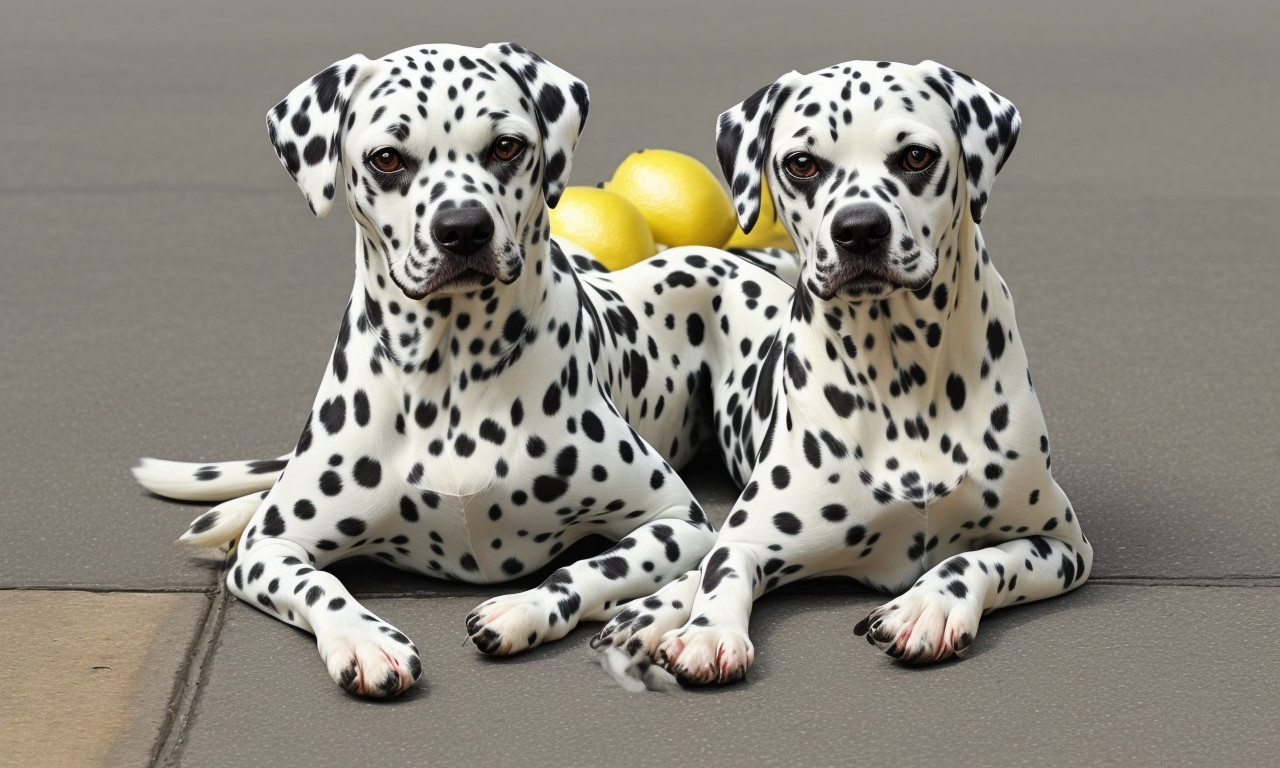
Lemon Dalmatians, a rare variation of the iconic black-spotted breed, present intriguing characteristics that capture the fascination of dog enthusiasts. Distinguished by their unique lemon-colored spots against a white coat, these dogs are a visual treat and not very common. Delving into the top 3 unique facts about Lemon Dalmatians reveals their fascinating legacy and quirks.
1. They’re Rare, but Not the Rarest!
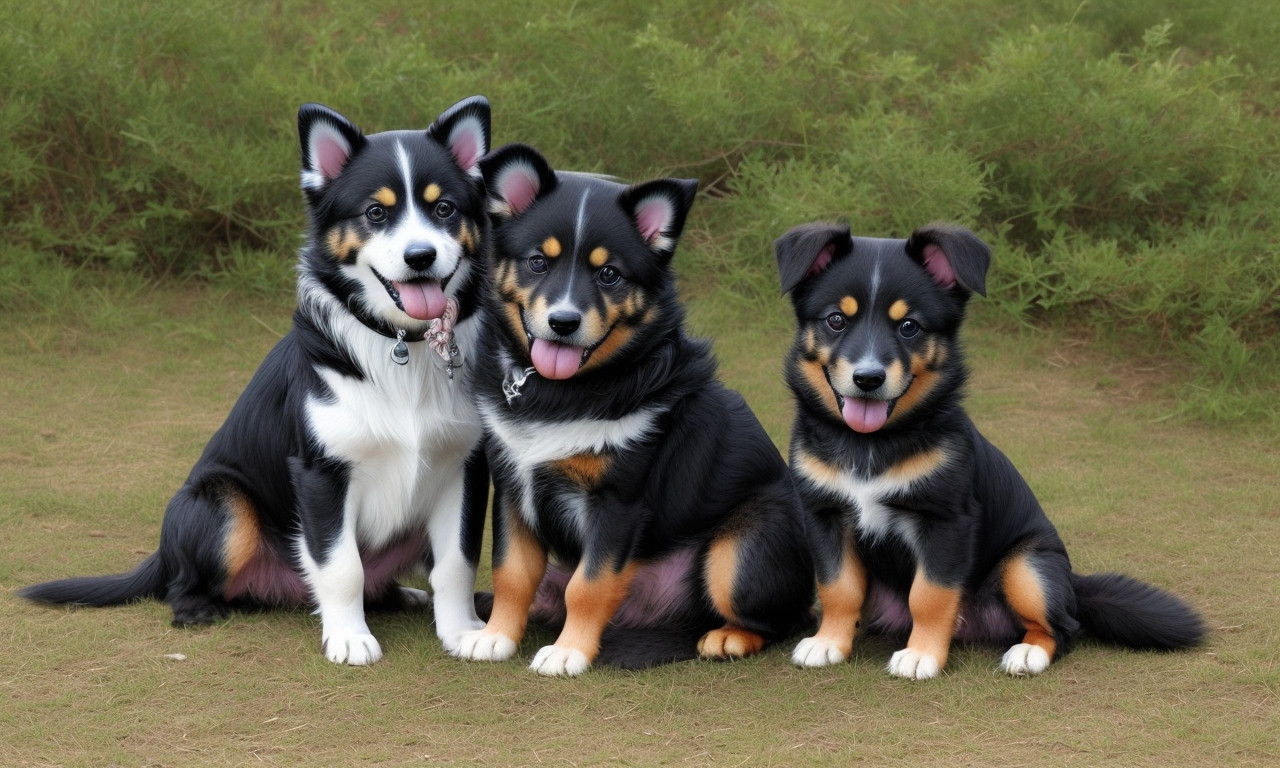
The Lemon Dalmatian is an eye-catching variation of the classic Dalmatian breed, boasting a unique yellowish-tan spotted coat. Known for their intelligence, loyalty, and energetic nature, these dogs are a true marvel. Originating from the same lineage as traditional black and liver-spotted Dalmatians, the Lemon Dalmatian stands out, although they’re rare, but not the rarest!
Historically, Dalmatians have been revered for their versatility, serving roles from carriage dogs to firehouse mascots. The Lemon Dalmatian shares this storied past but distinguishes itself with its striking coat color, which is a result of recessive genes. This distinct appearance does not affect their behavior or health compared to their black or liver counterparts, making them equally endearing and spirited companions.
Potential owners should note that while Lemon Dalmatians are indeed rare, their rarity is overshadowed by even less common color variations like the Blue Dalmatian. Despite their unique appearance, Lemon Dalmatians require similar care, training, and socialization as other Dalmatians. With their playful and affectionate nature, they make excellent pets for active families who appreciate their distinctive beauty. Whether as a beloved pet or a unique addition to a breeding program, the Lemon Dalmatian is a remarkable breed that continues to captivate enthusiasts around the world.
2. No Two Lemon Dalmatians Are the Same
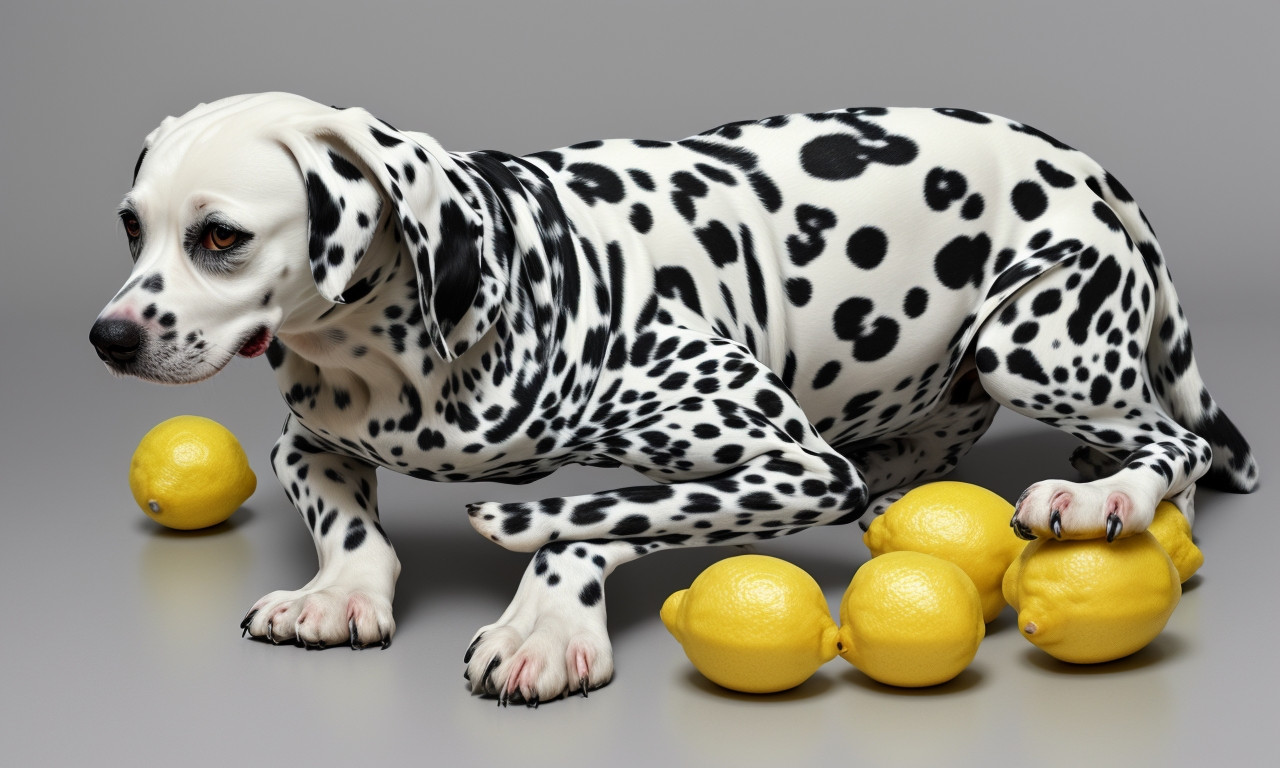
Lemon Dalmatians are a unique and captivating variation of the classic Dalmatian breed, known for their distinctive yellow or lemon-colored spots instead of the traditional black or liver spots. These rare dogs are the result of a recessive gene and are not commonly seen. Dalmatians have a storied history, dating back to ancient times in regions such as Dalmatia, a historical region located in present-day Croatia. They have been utilized in various roles over the centuries, including carriage dogs, firehouse mascots, and even military sentinels.
One intriguing fact about Lemon Dalmatians is that no two Lemon Dalmatians are the same, not only in their coat patterns but also in their temperaments and personalities. This diversity makes each Lemon Dalmatian unique, offering a distinct experience for their owners. Their singular charm lies in their individuality; the variation in their lemon spots ensures that each dog stands out. To care for a Lemon Dalmatian, it is essential to consider their high energy levels, training needs, and grooming requirements. These lovable dogs remain a conversation piece wherever they go, appreciated for both their historical significance and their exceptional, one-of-a-kind appearance. Photos of Lemon Dalmatians often capture their beauty and distinct patterns, making them favorites among canine enthusiasts.
3. They’re the Only Breed Specifically Bred for Coaching
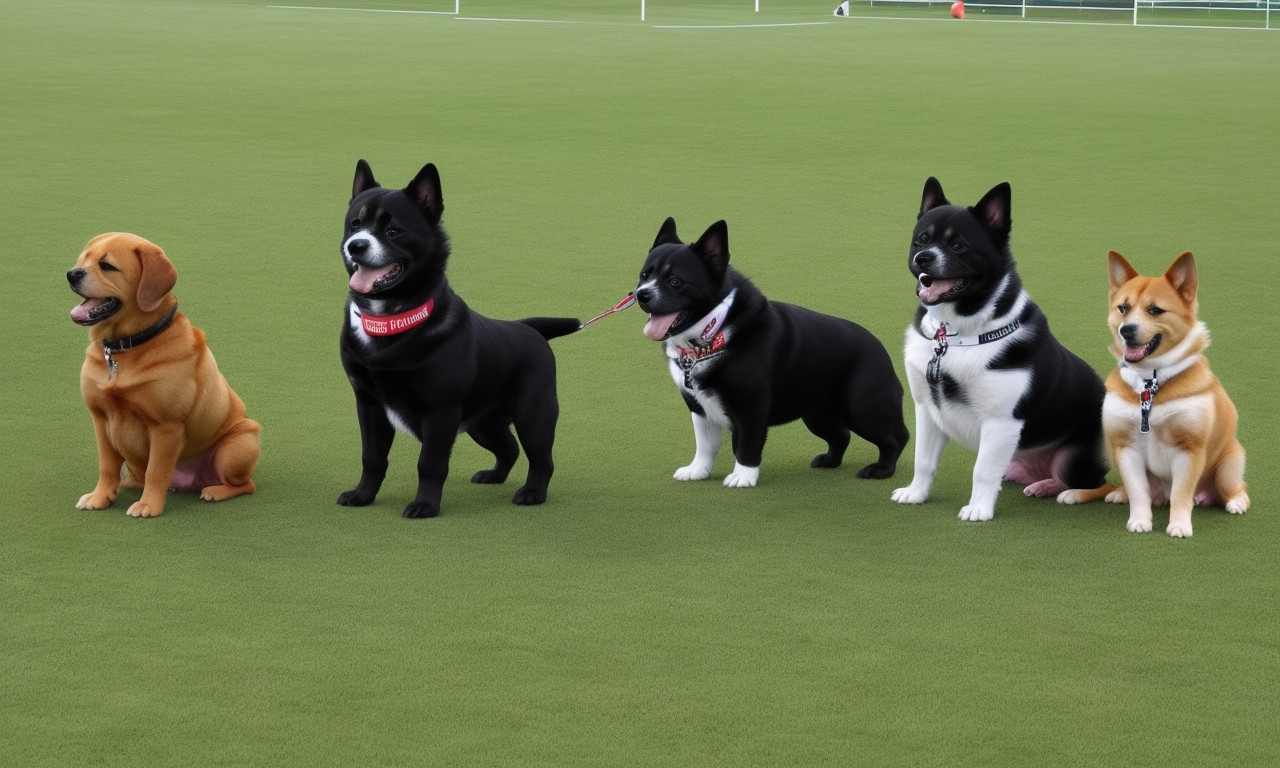
The Lemon Dalmatian, a captivating variant of the traditional Dalmatian, stands out with its distinct lemon-colored spots. This unique coloration is caused by a rare genetic mutation, adding an extra layer of allure to an already fascinating breed. Historically, Dalmatians have a rich lineage, tracing back to their origins in Dalmatia, a region in present-day Croatia.
One of the most intriguing facts about Dalmatians, including the Lemon Dalmatian, is that they’re the only breed specifically bred for coaching. This specialized purpose required them to run alongside carriages, providing protection and a regal presence during the journey. Their endurance, agility, and protective nature made them indispensable to coachmen and nobility alike.
The history of the Lemon Dalmatian is intertwined with that of its black-spotted relatives. Initially bred for their guarding and hunting capabilities, the Lemon variant eventually emerged, showcasing the breed’s genetic diversity. Their elegant yet sturdy build, combined with their characteristic spots, has made them a popular choice for dog enthusiasts worldwide.
Today, Lemon Dalmatians continue to exhibit the same spirited and loyal traits that made their ancestors revered companions. Whether they’re showing off their unique coat or taking on new roles as beloved family pets, they carry forward a storied legacy both in appearance and function.
Are lemon Dalmatians standard?
In Dalmatians, lemon coloured spots may occur, for which the locus E is responsible. However, this is a non-standard and relatively rare colour.
Does a Lemon Dalmatian Make a Good Pet?
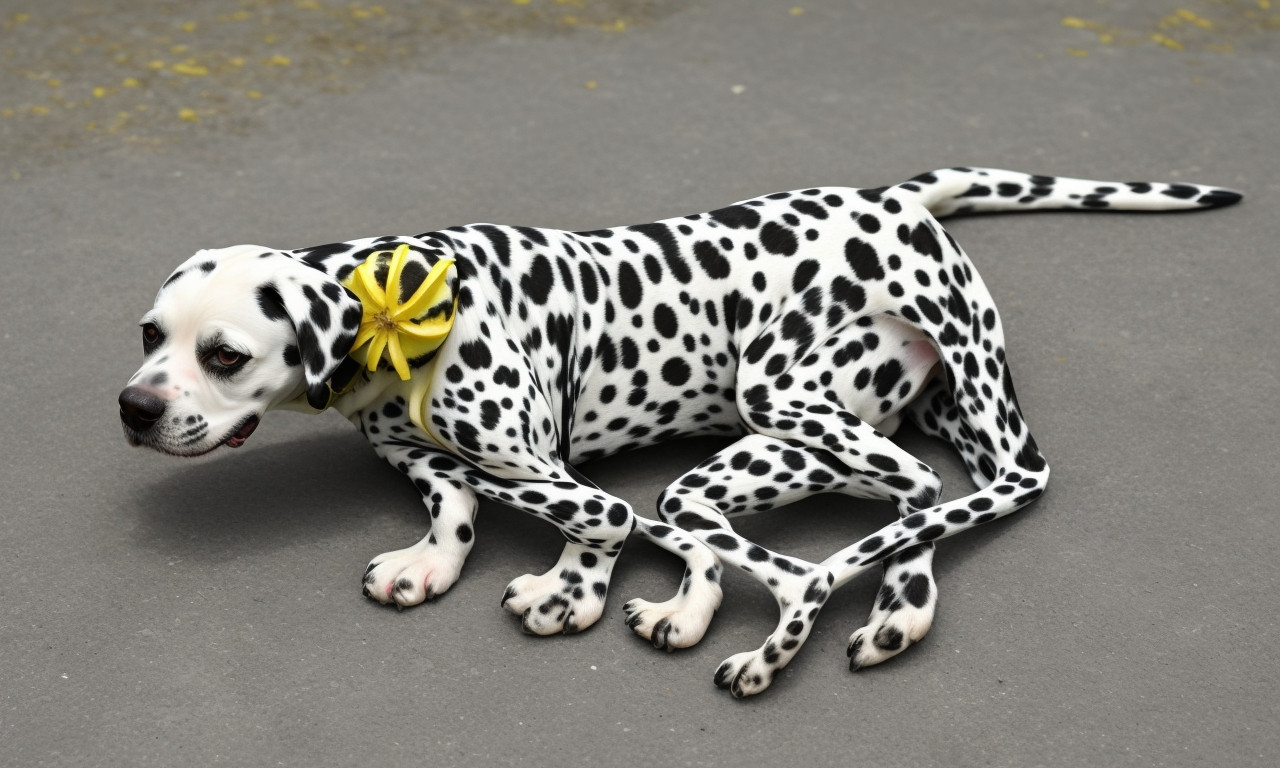
The Lemon Dalmatian, a unique variant of the traditional Dalmatian, stands out with its distinctive lemon-colored spots on a pristine white coat. Originating from the historical role of carriage dogs, Dalmatians were bred to guard horses and carriages, which paved the way for their affectionate and protective nature. This breed’s history dates back to ancient times, where they are believed to have roots in Dalmatia, a region in modern-day Croatia.
One might wonder, “Does a Lemon Dalmatian make a good pet?” The answer often leans towards yes, but with considerations. Lemon Dalmatians, like their black-spotted counterparts, are known for their intelligence, energy, and boundless enthusiasm. They thrive in active homes where they can receive ample exercise and mental stimulation. Their friendly demeanor usually makes them great companions for families, and their loyalty ensures they form strong bonds with their owners.
However, prospective owners should be aware of the breed’s genetic predispositions, such as potential deafness and skin sensitivities, which require attentive care. Overall, with proper training, socialization, and a loving environment, a Lemon Dalmatian can indeed make a delightful and cherished pet, adding a splash of uniqueness to any household.
Conclusion

The Lemon Dalmatian is a unique and captivating breed that stands out due to its rare lemon-colored spots. Originating from traditional Dalmatian ancestry, these dogs exhibit the same lovable and spirited characteristics but with a distinctive color variation. Despite their uniqueness, Lemon Dalmatians share more similarities than differences with the classic black or liver-spotted Dalmatians. The striking lemon hue is a result of a recessive gene, making them a rare sight and highly coveted among enthusiasts.
Historically, Dalmatians have been known for their roles as carriage dogs and firehouse mascots. The Lemon Dalmatian carries forward this proud heritage, maintaining the breed’s signature intelligence, high energy levels, and affinity for human companionship. Pictures of these dogs often highlight their playful nature and the stark contrast of their bright spots against a snowy white coat.
In conclusion, the Lemon Dalmatian remains a testament to the fascinating genetic diversity within this already diverse breed. Their unique coloring, combined with the traditional traits of loyalty and exuberance, makes them a favorite among dog lovers. Understanding the origin and history of these splendid dogs not only deepens appreciation but also ensures their continued preservation and popularity for generations to come.










